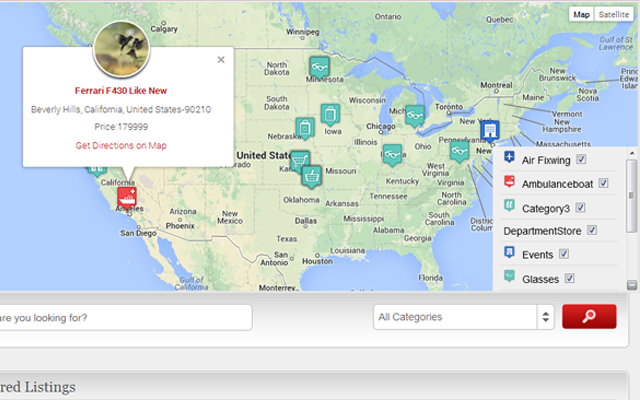
These and many other common map functionalities come baked into the MapSVG plugin for you to create multiple unique maps to fit your visualization needs.
Plug in for click map code#
No need to open up a code editor and maintain the map separately! Did it live in an external file? Require regular API calls to fetch data? It would be a lot easier to manage this data directly within your site’s WordPress admin as you would all other site content. Next comes the question of how you will manage your map data. These are already significant development lifts. Then comes configuring how users interact with the map itself. You may wind up estimating a significant amount of time for mapping your data from its original source into JSON to be hooked to a visualization framework, like D3. Think about the last time you implemented or scoped an interactive map. If you are already on WordPress, this comprehensive plugin could be your solution for production-ready maps. Interactive maps are a common request for projects when you need to visualize impact over particular locations. MapTiler plugin is already able to load them - you can test it using the QGIS nightly releases.The MapSVG plugin for WordPress allows you to create feature-rich, interactive maps quickly and through a smart admin UI. We would like to thanks our partner, MIERUNE, which made a significant part of the work on the plugin and is a long-term supporter of the QGIS community.įor the upcoming QGIS 3.14, there is an ongoing work by Lutra Consulting on native support for vector tiles. Feel free to report issues or send pull requests!
Plug in for click map license#
The MapTiler plugin for QGIS is released under an open-source license on GitHub. They can be easily added to QGIS in the same way as custom maps.Īll maps and geodata are hosted on a reliable global infrastructure using more than 150 servers on 5 continents.Īgricultural data on top of the satellite map Open-source code on GitHub MapTiler Cloud also allows hosting geodata of any size, including very large analytical datasets. That’s it, your own map is loaded to QGIS. To add customized map back to QGIS, right-click on the plugin → select Add new map → pick From URL tab → fill in a Name you like and paste the 256x256 JSON URL from MapTiler Cloud and click on the OK button. Select a map you like → right-click on the map → select Customize in Cloud → now change colors and fonts in the Customize tool the way you like → Save → Publish. Making your own map design can be done in a few mouse clicks. Add them as a new layer and maps appear immediately. Now just add your key, which you will find in the MapTiler Cloud administration on the web and you can start loading maps.
Plug in for click map install#
Click on the menu Plugins → Manage and Install Plugins….Installing the MapTiler plugin is straightforward: All maps can be easily loaded to QGIS using the new plugin.

MapTiler Cloud offers a set of beautiful maps to give your data context. There are street and satellite maps of the entire world based on the OpenStreetMap project, maps in custom coordinate systems and local maps from government open data. You can select one of the predefined map styles, load custom maps and use geodata hosted on a global infrastructure. Adding beautiful maps that fit your needs is now straightforward with MapTiler plugin for QGIS.


 0 kommentar(er)
0 kommentar(er)
